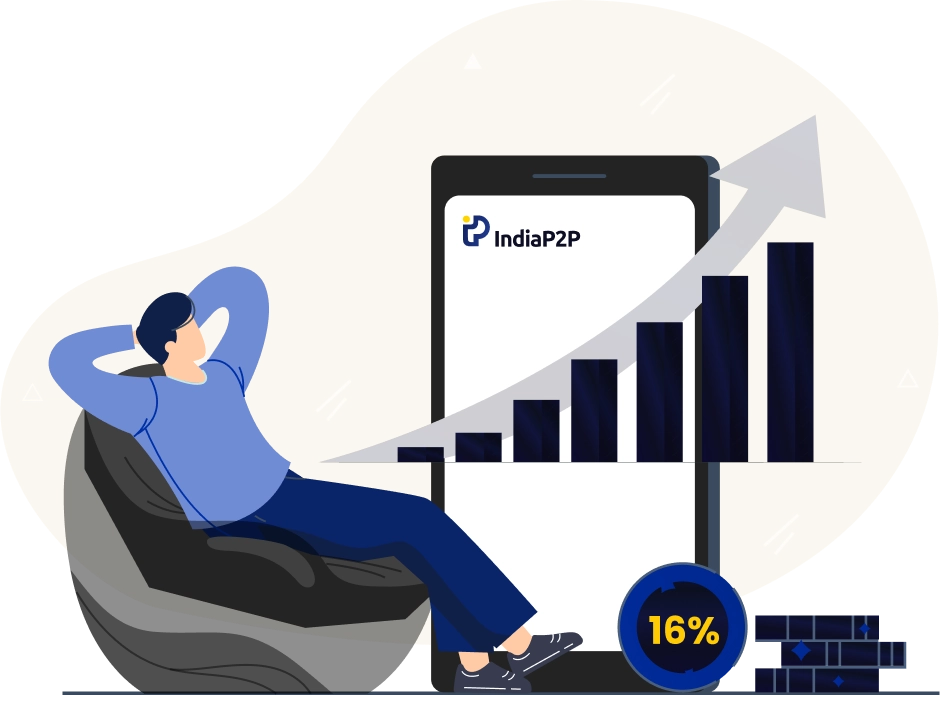What Is a Budget & How Do You Stick to One?

You must gain control of your money, OR, Lack of it will forever control you." - Dave Ramsey
What is a budget, and why do you need one?
A budget is a forecast of revenue and expenses for a specific period of time in the future. Constant money planning and management is a must to achieve financial freedom and wealth. Making a budget or a plan is the first step in the journey toward financial prosperity.
For most of us in the wealth-building phase, needs outweigh income. A budget enables us to manage unwanted wants by avoiding, delaying, or replacing them.
It also helps divide available resources towards essential needs and life goals. For fortunate others, the budget helps in directing surplus towards priority investments. Whichever life stage you are in, a budget is a necessary tool for managing and monitoring your income, expenses, and investments.
Few tips on creating and sticking to your budget.
🔵 Begin with goals
Setting financial goals is the first step in every budget. Retirement, children's education, home ownership, and so on are examples of goals. Writing your financial goals can help you remember why you're creating a budget and will help you stick to it over time.
🔵 Make use of expense tracking software
Using expense tracking apps will allow you to better understand your spending habits. Categorising expenses will help you spot wasteful spending and find strategies to save. Furthermore, keeping track of expenses over time will help you stay disciplined.
🔵 Reduce expenses
If you buy things, you do not need, soon you will have to sell things you need” – Warren Buffet
The discipline to start and maintain a savings strategy is key to attaining your financial goals. One of the most important components of saving plans is cutting costs.
👉 Wait before buying
An impulsive buy occurs when you buy something you didn't intend to get. Sometimes we buy things because they are on sale, or we are emotional, or we have recently received a bonus. I'm sure we've all bought things on sale that we never used. We can avoid such purchases if we wait a day before acting on it.
👉 Calculate cost per use
Purchasing the least expensive solutions is not always the greatest approach to saving money. It is preferable to make purchasing decisions based on effective cost per usage.
Example – Fast fashion clothing bought at a discount store that lasts 20 years may end up costing more in the long run than purchasing high-quality clothing that will last 100 or more wears.
👉 Rent vs Buying
The cost of each use decision technique is also used to determine whether to rent or own an item. Consider buying or renting a car as an example – the expense of operating and maintaining a car can be too expensive when compared to hiring Ola/Uber on a regular basis if you use the car infrequently. Aside from obvious operating costs, there are hidden and important expenditures such as interest and depreciation in the car's value that are typically overlooked when making a decision. Typically, hiring Ola/Uber is less expensive for those who drive less than 1000 kilometers per month.
👉 Automate your savings
“Do not save what is left after spending, but spend what is left after saving” – Warren Buffet
Automating them is a simple method to save money. Various investment products, such as recurring deposits, systematic investment plans, provident fund contributions from salary, and so on, can be used to automate savings. By turning your savings into investments, you can avoid the temptation to spend unutilized funds in your bank account, making the savings sustainable over long term.
👉 Grow your savings
Grow your savings by investing in suitable asset class based on your risk and liquidity requirements. Always select an asset class that has the potential to outperform inflation (after taxes). Once you've found a good asset class, stick with it and reap the rewards of compounding.
These are some ways in which you can cut your expenses while increasing your savings. It is a first step towards wealth building. You can also check out our article on Building an Investment Portfolio: A Step-by-Step Guidance.




